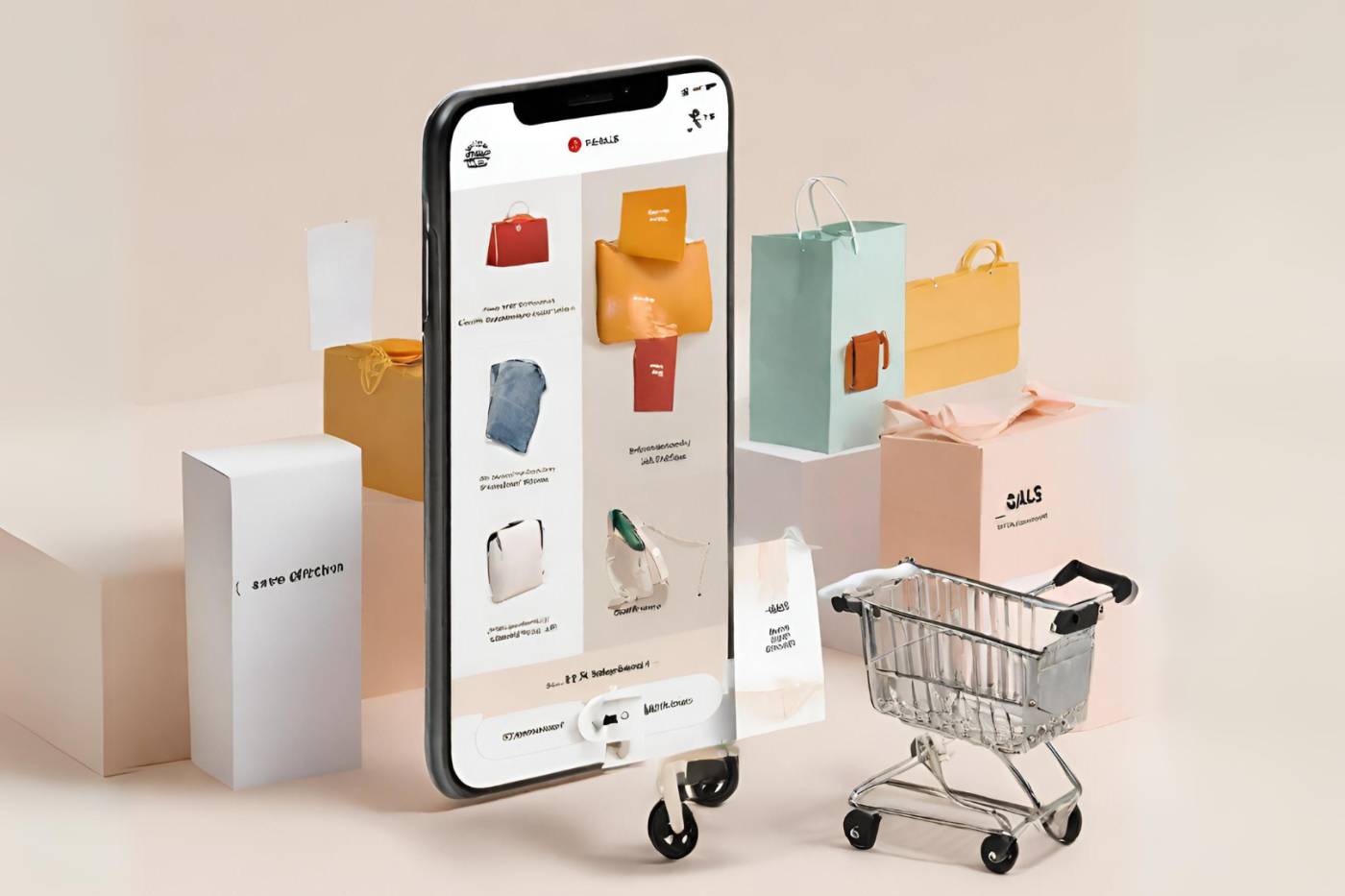How important is a logo to your business?

A small enthusiastic team works for multipurpose design requirements.







In the ever-evolving landscape of mobile technology, security remains a paramount concern for individuals and organizations alike. Enter Samsung Knox, a robust security platform that fortifies Samsung devices against threats, safeguards sensitive data, and ensures seamless management for businesses. Let’s delve into the world of Knox and explore its features, benefits, and impact.
Improve your online presence with these Reputation Management 2024 tips to enhance your small business’s credibility and customer trust.